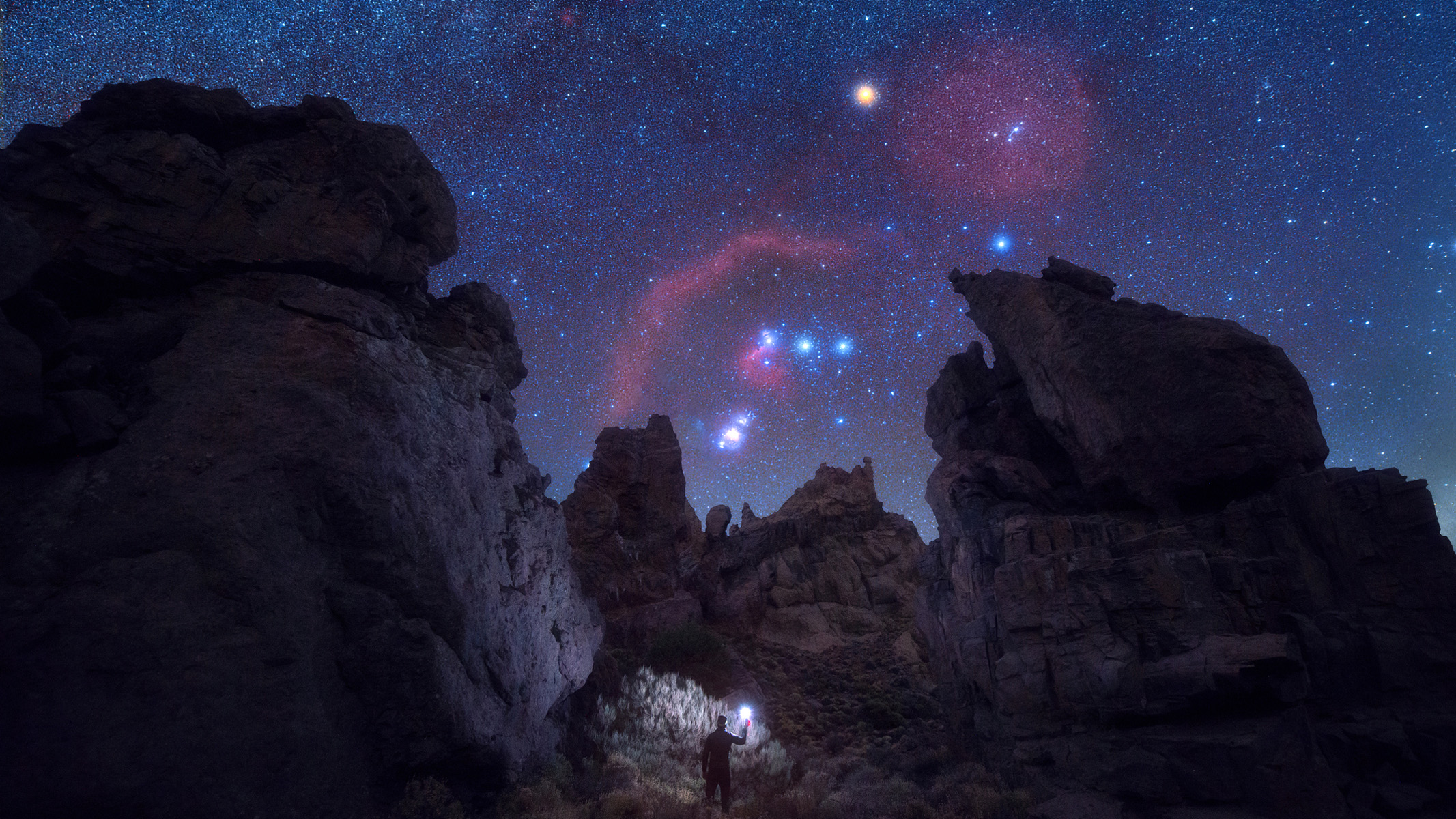Photos: Penguins Barely Survived Antarctic Volcano Eruptions
Rough life
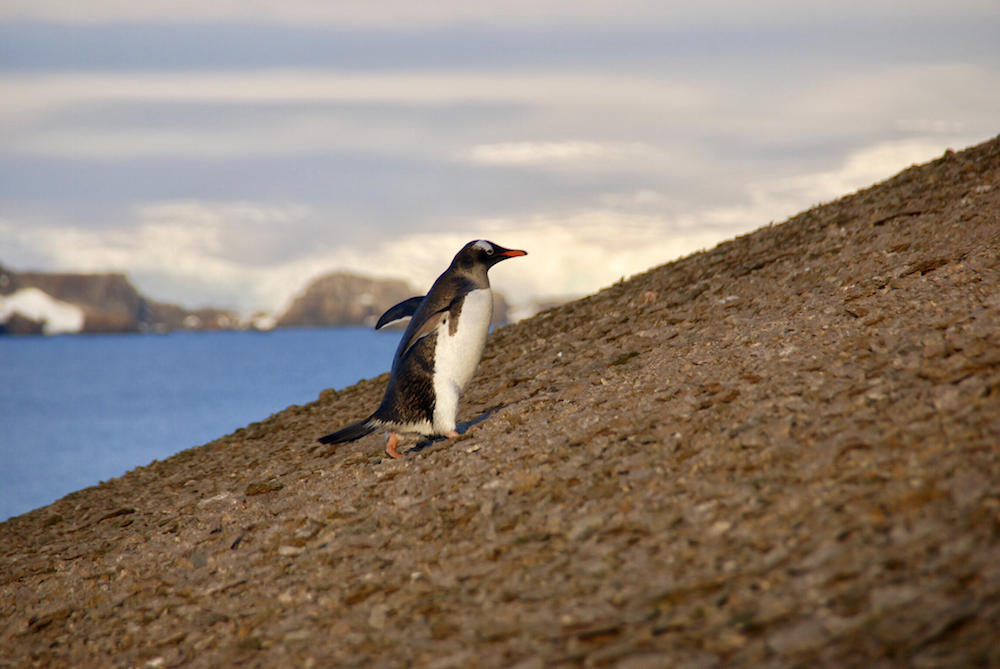
A volcano on Antarctica's Deception Island nearly wiped out one of the continent's largest and oldest penguin populations ... not once but three times throughout history. Ash from an 8,500-year-old a sediment core shows that the volcano erupted about 5,300; 4,300; and 3,000 years ago. By measuring guano (bird poop) samples in the core, scientists found that these eruptions nearly decimated the penguin colony.
However, the colony was resilient. It bounced back every time, although it took between 400 and 800 years to do so. [Read the full story on the penguins affected by the volcano]
Ardley Island
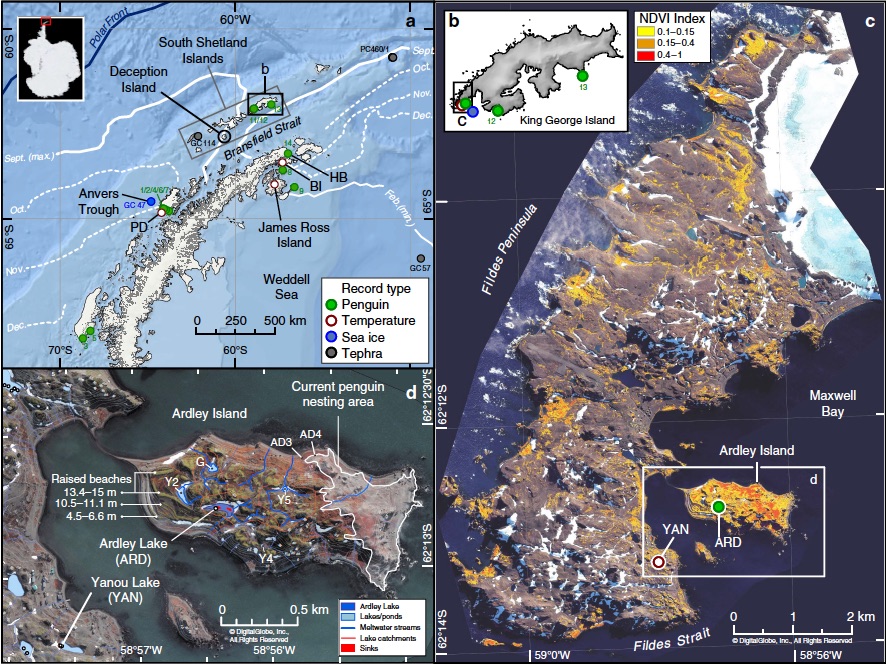
These maps show where the researchers conducted their fieldwork.
Pebble time
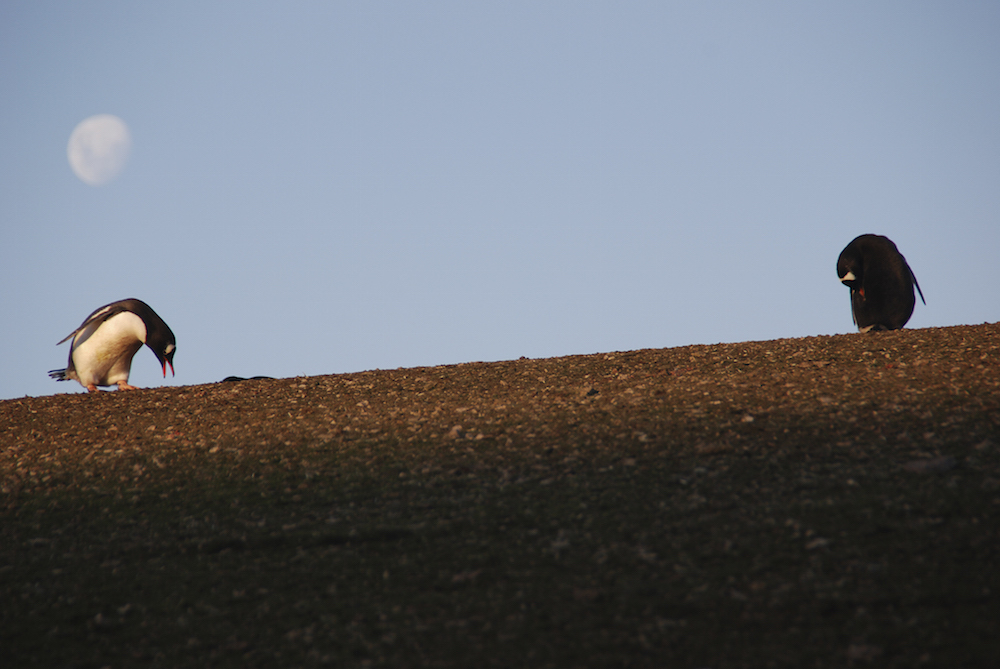
Gentoo penguins (Pygoscelis papua) collect pebbles for their nests. Today, there are about 5,000 breeding pairs of gentoo penguins on Ardley Island in Antarctica.
Chilling out

Gentoo penguins nest on the ice-free rocks of Ardley Island. By looking at core samples, the researchers determined that gentoo penguins have lived on Ardley Island for almost 7,000 years, which is 1,000 years longer than previously thought.
Upward bound

A gentoo penguin climbs the slope leading to its nesting colony on Ardley Island. When the volcano on Deception Island had three big eruptions in the past, the toxic and abrasive ash released would have been deadly for penguin chicks. They would have been too young to escape into the surrounding frigid waters.
Wings out
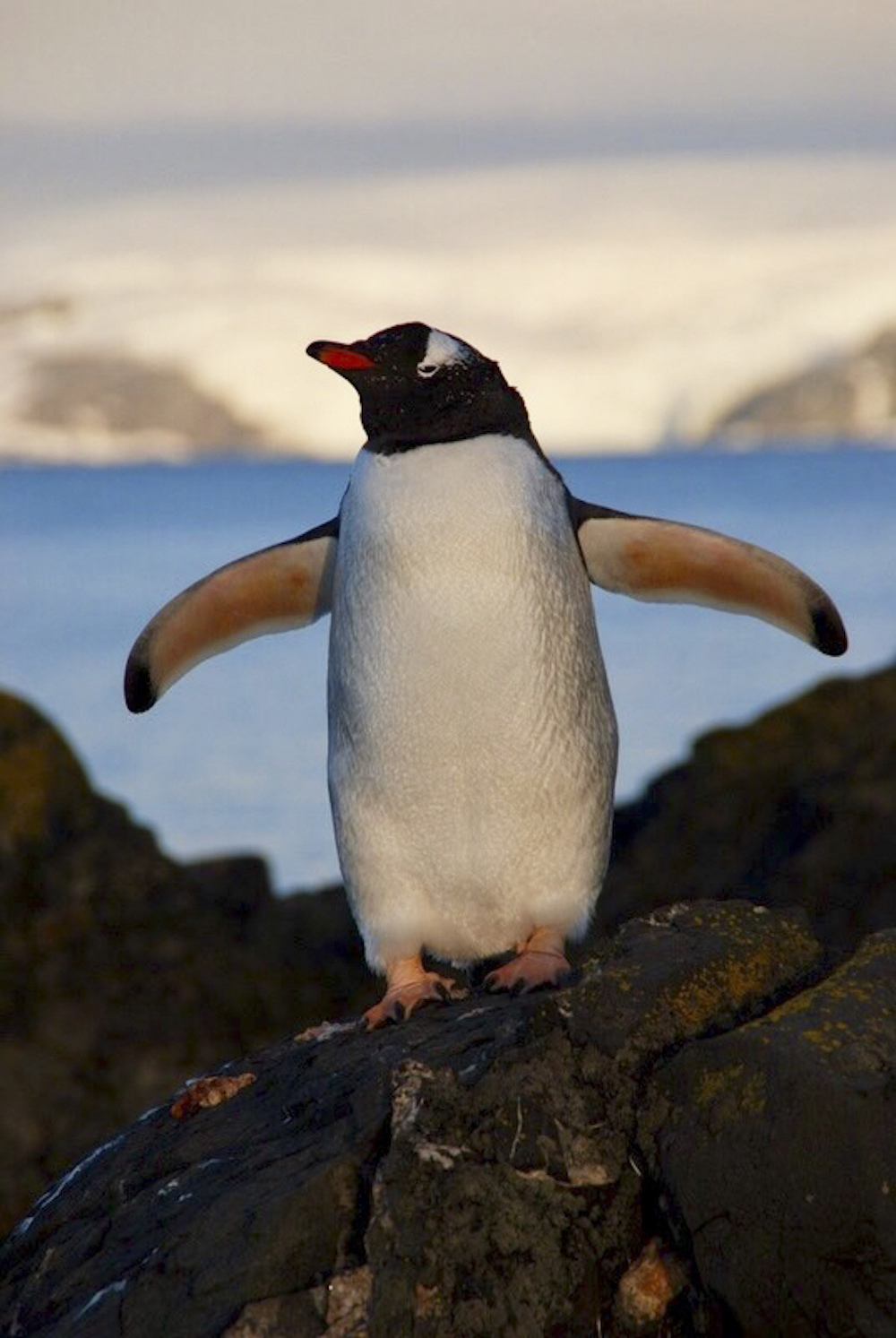
A gentoo penguin nesting on Ardley Island. Nowadays, the volcano on Deception Island doesn't erupt with as much force as it used to, meaning that penguin researchers can instead spend time worrying about other issues affecting the water birds, such as climate change.
Sediment core
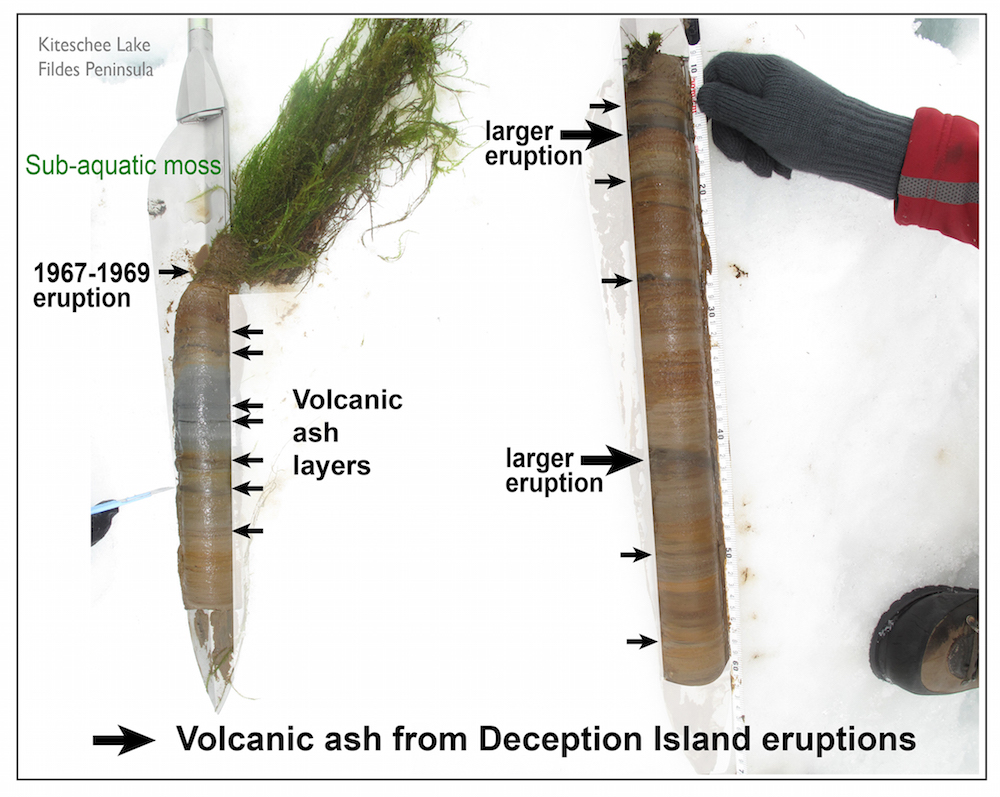
Notice the volcanic ash layers in the lake sediment cores taken from Kiteschee Lake on Fildes Peninsula. The small ash layers correspond with small eruptions from the volcano on Deception Island in the last 2,000 to 3,000 years.
The largest eruptions in the core sample from Fildes Peninsula and Ardley Island happened about 7,000 years ago and about 5,500 to 4,500 years ago. By studying these core samples, the researchers determined that these eruptions spewed more than 3 feet (1 meter) of ash into the air.
[Read the full story on the penguins affected by the volcano]
Get the world’s most fascinating discoveries delivered straight to your inbox.

Laura is the managing editor at Live Science. She also runs the archaeology section and the Life's Little Mysteries series. Her work has appeared in The New York Times, Scholastic, Popular Science and Spectrum, a site on autism research. She has won multiple awards from the Society of Professional Journalists and the Washington Newspaper Publishers Association for her reporting at a weekly newspaper near Seattle. Laura holds a bachelor's degree in English literature and psychology from Washington University in St. Louis and a master's degree in science writing from NYU.


